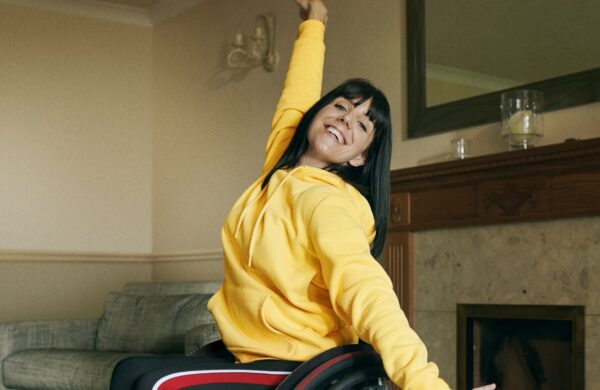
Getting Active
Get the support you need to be more physically active.
Date: 22 October 2024 Author: Energise Me
The social value of community sport and physical activity is £107.2 billion per year, new research from Sport England calculates.
The value is made up of £96.7 billion in annual wellbeing value for adults, children and young people taking part and volunteering in sport and physical activity – and a further £10.5 billion in wider savings to the health and social care system a year. This relieves pressure on the NHS through the prevention of illness, reduced mental health service usage, fewer GP visits and a reduced need for informal (unpaid) care.
Through in-depth analysis of Sport England’s Active Lives data, plus reviewing wider evidence for the health benefits of being active (including the costs associated with the treatment and care of illness and poor health) the research reveals the profound social and economic benefits of sport and physical activity for communities across England.
In partnership with State of Life, Sheffield Hallam University and Manchester Metropolitan University, Sport England’s research measured two types of social value: 1) the primary direct value to individuals through improved wellbeing (being happier and healthier); and 2) the secondary wider value to society, such as savings made to the public purse.
Wellbeing value (WELLBY) is the monetary value that can be placed on happiness, health and life satisfaction. Active adults (those who do more than 150 minutes of physical activity a week) enjoy the greatest wellbeing value: the equivalent of £2,500 per person a year, compared to inactive adults.
Sport England’s unique research tool, The Inequalities Metric, measures inequalities in physical activity levels in a holistic way. For adults who are disabled or live with a long-term health condition, the wellbeing value generated is more than double than for the average active adult – at £5,100,
For adults who experience two or more characteristics of inequality – such as an older person with a disability – the wellbeing value generated through an active lifestyle is around 50% higher than for the average active adult – calculated at £3,800.
By using The Inequalities Metric and its new research, Sport England has identified the additional social value that would be generated if the physical activity levels of the whole adult population – including those most likely to experience inequalities – rose to the same level as adults with zero characteristics of inequality. This has been costed at £15.6 billion, demonstrating the major wellbeing and economic loss driven by inequality in sport and physical activity.
Sport England Chief Executive, Tim Hollingsworth said: “Our research is unequivocal in making the case for sport and physical activity to be a central part of the solutions to the issues facing our country. We build wealth through health: people playing sport and leading active lives turbo-charges wellbeing, prevents illness, relieves NHS pressure and can boost our health and economic growth.
“However, the shocking cost of inequalities in activity levels is a social and economic burden. If we can protect and invest in opportunities to play sport and be active, particularly for communities and people that face the most barriers to taking part, we will be healthier, wealthier, and happier. That’s why our 10-year strategy Uniting the Movement is laser-focused on tackling inequalities and today’s research proves again that this approach matters.
“Professor Chris Whitty called physical activity a miracle cure. We stand ready with our partners across the sector to work with the government to unleash the miracle cure for our NHS, our economy and our future.”
Professor Chris Whitty, Chief Medical Officer for England, said: “Being physically active is one of the best things we can do to stay healthy and independent throughout our lives, and sport is one of the most enjoyable ways to achieve this. The greatest health gains are from helping people who do little activity to
do a bit more. This report shows that we need make it easier for particular groups to engage in physical activity including sport.”